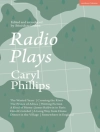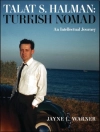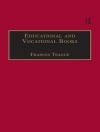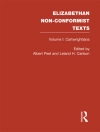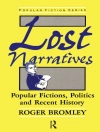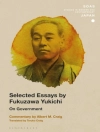Does it ring a bell? The first-person narrator, a cultivated man of middle age, looks back on the story of an amour fou. It all starts when, traveling abroad, he takes a room as a lodger. The moment he sees the daughter of the house, he is lost. She is a pre-teen, whose charms instantly enslave him. Heedless of her age, he becomes intimate with her. In the end she dies, and the narratormarked by her foreverremains alone. The name of the girl supplies the title of the story: Lolita.
We know the girl and her story, and we know the title. But the author was Heinz von Eschwege, whose tale of Lolita appeared in 1916 under the pseudonym Heinz von Lichberg, forty years before Nabokov’s celebrated novel took the world by storm. Von Lichberg later became a prominent journalist in the Nazi era, and his youthful work faded from view. The Two Lolitas uncovers a remarkable series of parallels between the two works and their authors. Did Vladimir Nabokov, author of an imperishable Lolita who remained in Berlin until 1937, know of von Lichberg’s tale? And if so, did he adopt it consciously, or was this a classic case of ‘cryptoamnesia, ‘ with the earlier tale existing for Nabokov as a hidden, unacknowledged memory?
In this extraordinary literary detective story, Michael Maar casts new light on the making of one of the most influential works of the twentieth century.
Translated by Perry Anderson
Sobre o autor
Perry Anderson is the author of, among other books, Spectrum, Lineages of the Absolutist State, Passages from Antiquity to Feudalism, Considerations on Western Marxism, English Questions, The Origins of Postmodernity, and The New Old World. He taught History at UCLA for thirty years and is on the editorial board of New Left Review.


